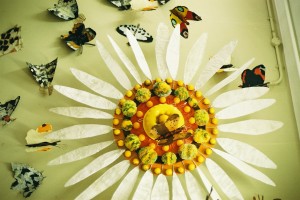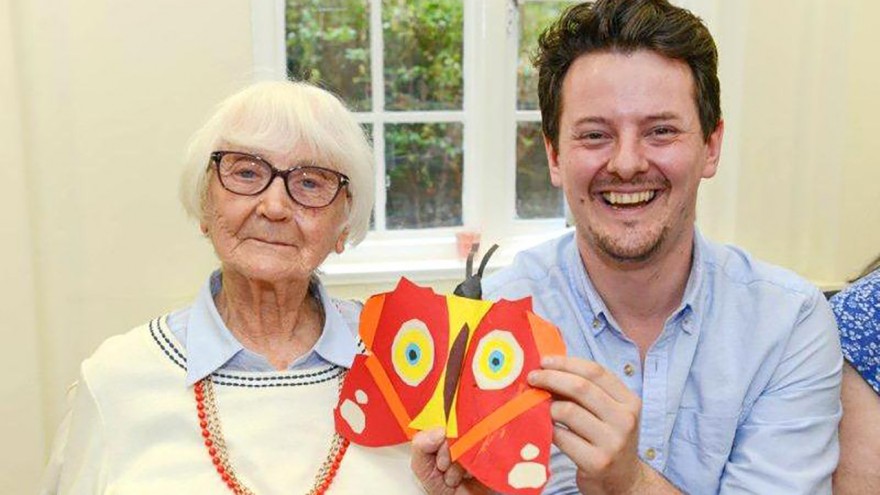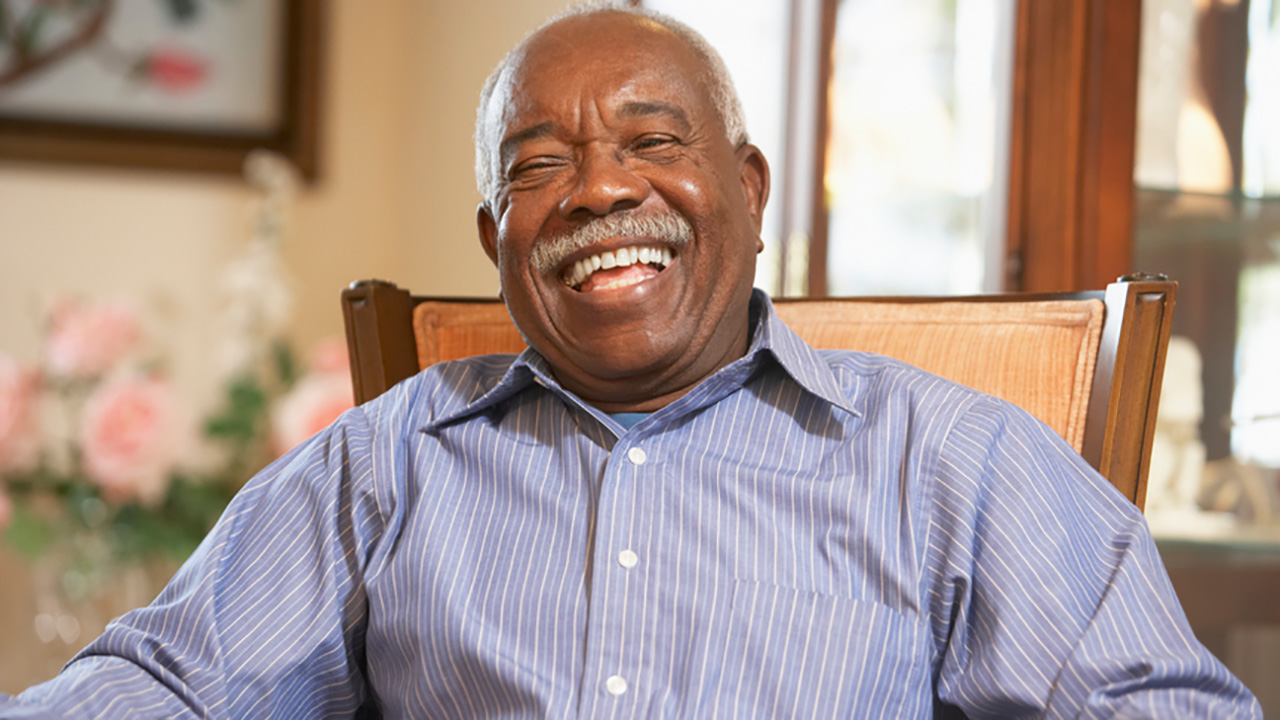Arts improve quality of life for older people
The arts can act as a preventative measure for many of the illnesses that go hand in hand with old age and genuinely work to improve quality of life for older people.
We live in an ageing population. In Britain more than 11 million people – one in six – are over the age of 65, with this figure expected to double within 30 years. This statistic goes hand-in-hand with the rising numbers of carers who are frequently relied on to provide crucial care for those with long-term health issues and disabilities.
The Carers Trust estimate the number of carers will increase by 3.4million over the same time period. As with all marginalised communities, older people have much to contribute although prejudices and assumptions can make it more difficult for them to participate within society and therefore feel included. It is here that participation in the arts can play a key role in fostering social cohesion, promoting inclusivity and strengthening communities.
Isolation is a serious health risk
Isolation is increasingly becoming a major health concern for the over 65s. According to Age UK, 50% of older people said that the television was their main source of company, with 1 in 10 saying they are ‘always or often lonely’.
In the last 15 years, the number of 55 to 64 year olds living alone has increased by 50% and older people in London are reported to be the loneliest in the UK with a 29% service reduction since 2008. A study earlier this year reported that, regardless of whether someone feels lonely or not, social isolation can increase risk of early death by 14%, so creating opportunities for people to collaborate with one another and develop teamwork skills is paramount to maintaining a healthy lifestyle.
Communication is key for older people’s wellbeing
We would do well to remember that human communication goes beyond words. The arts can open up avenues of communication with those who may find it difficult to use language to describe their thoughts and feelings. For instance, people with dementia – a disease heavily associated with old age, although not exclusive to older people – often find it easier to relate to pictures than words. In this context, visual arts can be used to trigger memories, express emotions, and help people orient themselves within their environment.
The effects of dementia and depression on older people
Dementia affects 80% of care home residents, so techniques that help ameliorate its symptoms are vital. Furthermore, one in five elderly people suffer with depression, and that rate is nearly double for those in care homes. This is one example of where activities that attend to our physical and mental health are much needed. Notably, engagement with the arts has this ability to tend to our overall wellbeing.
If such a high number of those who experience dementia also have depression, it seems logical to look at the impacts of the arts on mental health. In 2011, the Mental Health Foundation released an Evidence Review of the Impact of the Participatory Arts on Older People.
They found that engagement with the arts increased confidence, self-esteem, and reduced anxiety. The Department for Culture, Media and Sport affirmed that when studying mental health service users, arts participation resulted in motivation inspired by hope, an increased confidence in being able to relate to others, and that the arts provided a distraction which resulted in a decrease in mental distress.
The arts help cognitive function and improve memory
Arts activities which enable people to work together have the added bonuses of improving cognitive functioning, memory and creative thinking. When taking part in art sessions, people are often surprised by how much they can achieve; how much of this is caused by their own assessment of their abilities and how much is shaped by the assumptions that others make?Creative activities such as drawing or craftwork can improve dexterity which helps ward off joint-related conditions, common amongst older people.
Group-based creative activity keeps the brain active and provides a great opportunity to socialise with others. Because creative sessions can be designed with a productive outcome, taking part can offer a sense of achievement. It is in this way that the arts can be used as an effective part of health and social care as both prevention and treatment.
Another challenge which many older people face, especially when experiencing dementia or being a regular user of a day centre or resident of a care home, is maintaining a sense of identity. Having a sense of identity has been linked to self-esteem and perceptions of the quality of life in old age, however the spaces that older people frequent can be lacking in personality.
As Dr. Habib Chaudhury, a specialist in how the built environment affects the behaviour of older people has noted, “The majority of long-term care facilities are “non-places” that afford few links with one’s personal or cultural past”. Using art to decorate these spaces can call upon the older people’s cultural past to provoke a very personal response, which in turn affirms their sense of identity.
This is even more effective when users of the space are involved in its decoration, as this offers a sense of shared ownership. What’s more, the creation of the space becomes a social and cognitive task in itself. Finally, populating the space with images that evoke memories can reaffirm the identities of the service users and provide people with a homely reference point in what can be an otherwise clinical environment.
As demographics continue to shift, the number of people needing some form of care or support is increasing and the arts have the potential to create a hugely positive impact on these people’s lives. This is why it is vital that the arts are considered as part of a holistic approach to health and social care.
We’ve seen that participation in arts activities can effect cognitive function, increase physical dexterity, evoke memories, strengthen communities, and enhance self-esteem through affirming a sense of identity. From this evidence, the power of the arts cannot be underestimated in their effect on us both as individuals and members of communities.













